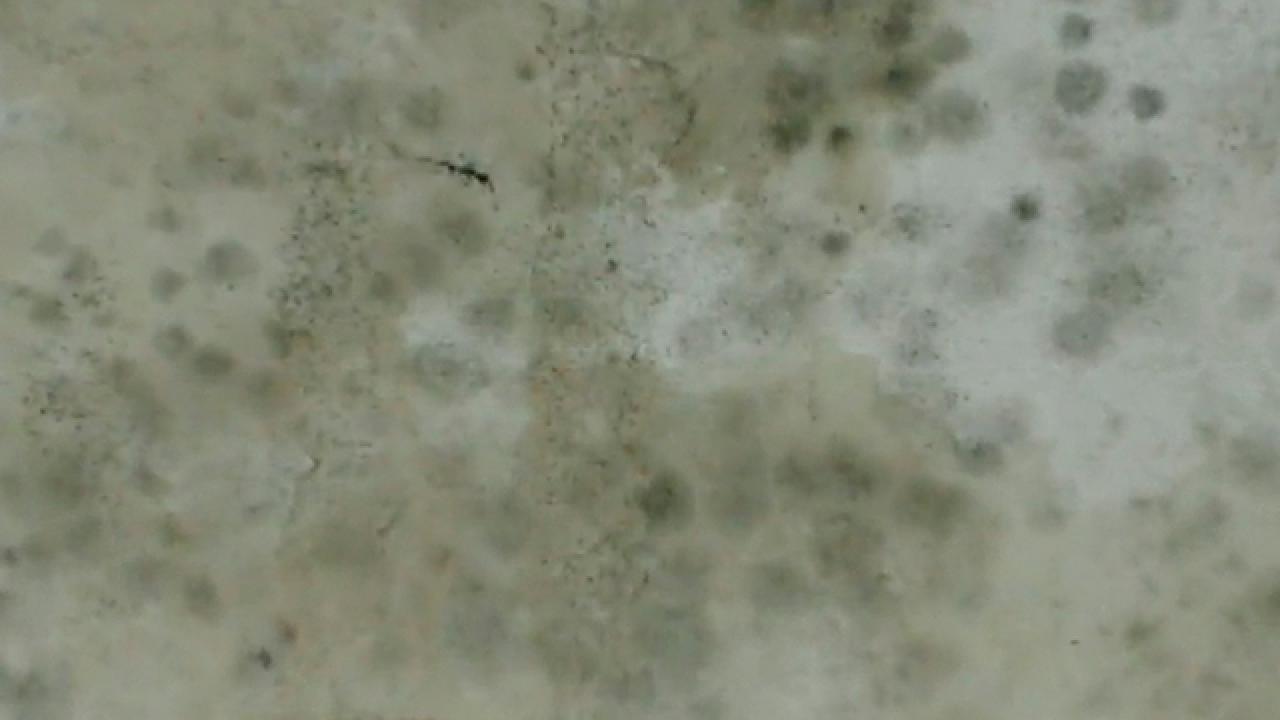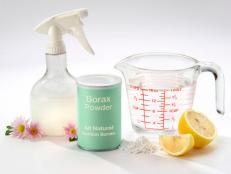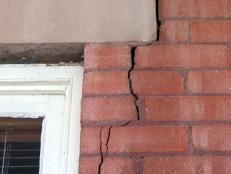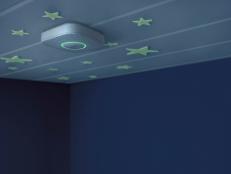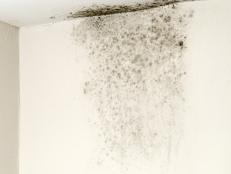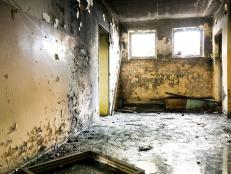How to Prevent Mold
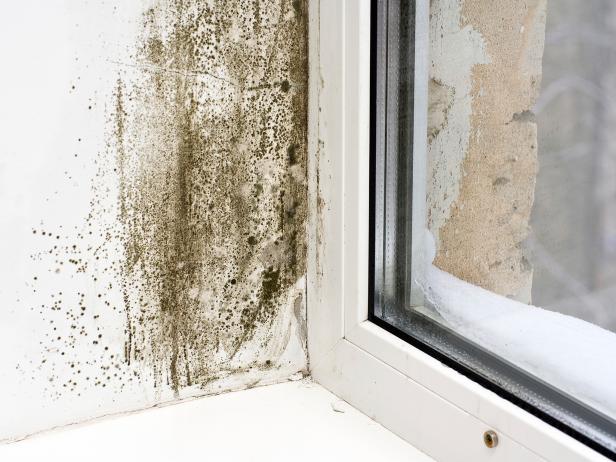
Timur Arbaev
Anyone involved in the construction, maintenance, selling, insuring or purchasing of a new home (in other words, just about everyone) has probably heard more about the dangers and costs of mold than they care to.
But the fundamental risks associated with the potential of a mold problem remain: mold can lead to rot, compromising the home's durability. And toxic mold varieties can cause health hazards. As insurance companies seek ways to limit their liability, and homeowners become more aware and sensitive to the issue, the builder or remodeler is often caught in the crossfire.
The best practice in building a comfortable, durable and safe home is to adopt a mold resistance strategy that includes products, process and job site management.
Here are a few suggestions to get you going:
- Keep all wood studs dry, and check inventory to make sure it's being stored appropriately.
- Allow framing to dry before putting up drywall. Mold can begin to grow on wet surfaces within 48 hours, so the home could have a mold issue even before the homeowners move in.
- Use mold-resistant drywall and paints, especially in bathrooms and kitchens.
- Install ventilation fixtures in the bathroom and kitchen. Make sure these are vented to the exterior.
- Waterproof the home to prevent bulk water intrusion. This means everything from kick-out flashing on the roof to French drains in the foundation.
- New methods, technologies and products are hitting the market every year, so take advantage of free information from government programs to keep up to date.
Understanding the best practices in mold resistance will help you reduce the risk of litigation related to mold, contribute to building a superior product, and give homeowners peace of mind.
